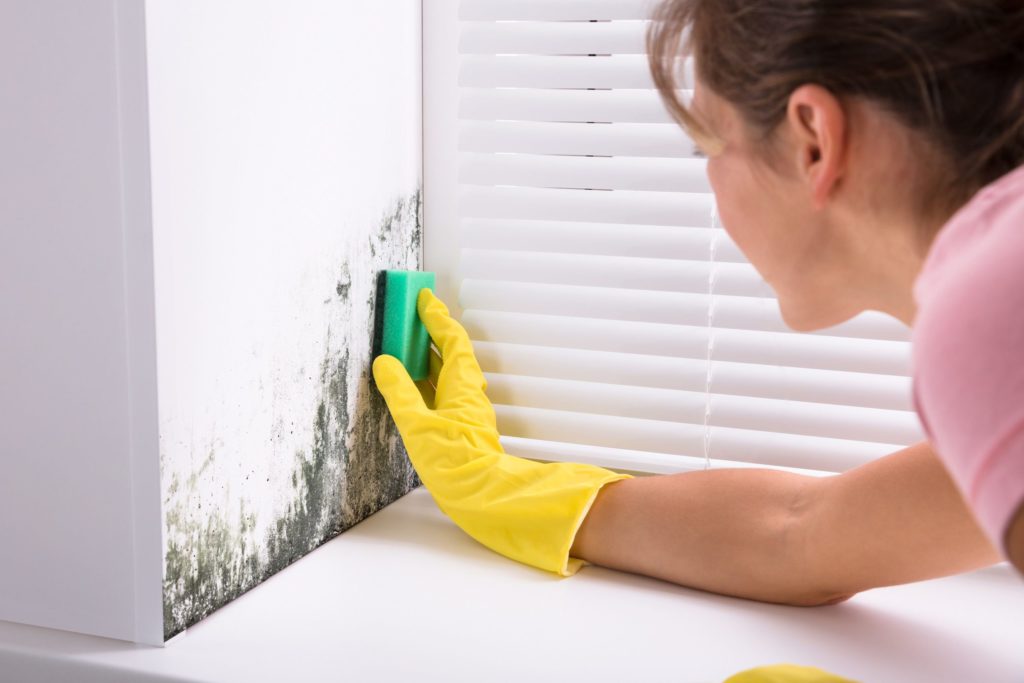Sodium hypochlorite is an active ingredient in bleach and is also found in many mold cleaning solutions. Using bleach has advantages, but you must know is disadvantages too.
The primary reason why professional mold abatement companies do not recommend bleach for mold removal is that it cannot penetrate to non-porous surfaces like wood and drywall. This means that it cannot reach the root levels of mold. The chlorine is left on the surface of mold and the water is absorbed by the mold. This provides further moisture and serves as food for molds.
It is true that bleach can kill the mold on the surface, but how about the roots? Leaving the roots untreated means that mold will reappear in just a couple of weeks after removing them. Perhaps this is the reason why many homeowners believe that bleaching the mold is just masking its appearance since it bleaches it color leaving it unnoticeable.
Another reason why experts do not recommend bleach it can cause damages to materials it is applied on. Remember that it contains corrosive, harsh chemicals in the first place. Bleach produces harsh fumes and toxic gas when mixed with other cleaning solutions such as ammonia. There are many ways you try to get rid of black mold effectively such as borax and vinegar. These solutions do not contain harsh chemicals and produce toxic fumes.
Once you know that the mold issue is large for you to remediate, consider calling Tip Top Restoration. Although professional mold removal services can cost you more than the DIY methods, you can be sure that your house is free from mold and the same time you save time from doing the job by yourself.







